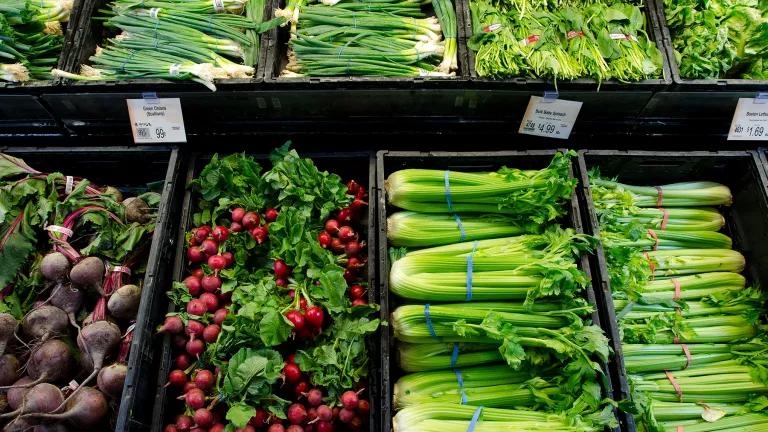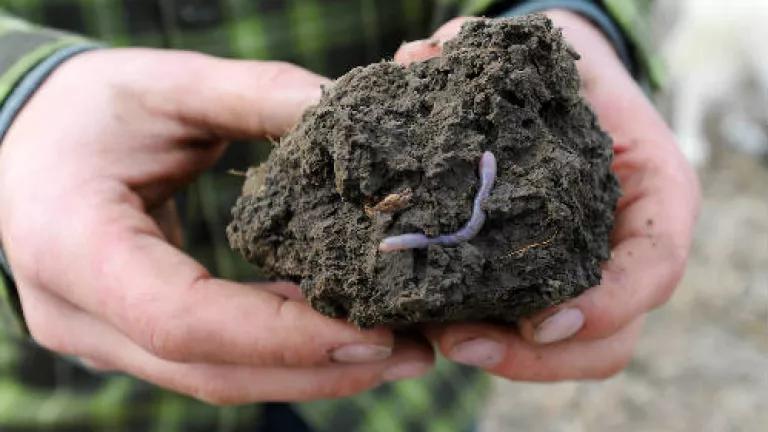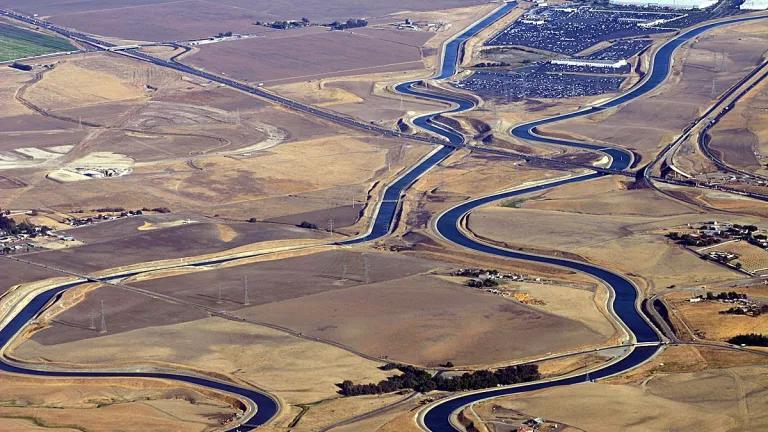Introduction to Baselining of Food Waste Generation and Food Rescue Potential

Up to 40 percent of all food in the United States is wasted. Producing food that we don’t consume swallows up roughly 20 percent of America’s cropland, fertilizers, and agricultural water and generates greenhouse gas emissions equivalent to the output of 37 million passenger vehicles each year. And yet, 41 million Americans lack consistent access to adequate and nutritious food.
NRDC’s Food Matters Initiative partners with cities to confront food waste, piloting comprehensive, cutting-edge strategies that can be shared and easily replicated. To that end, we created a comprehensive toolkit to help partners and cities develop and implement a variety of policies and programs to tackle food waste locally.
The first and second strategies—and arguably the most critical ones—in the Food Matters Toolkit are to estimate a local baseline level of food waste and assess the potential for increased rescue of surplus food. A baseline is foundational to understanding the scale and nature of the problem. It is also a prerequisite to assessing progress and can help inform future program development.
Cities that have studied their waste stream find that the amount of wasted food is significant and often represents the single largest component of what is sent to landfills and incinerators. Few cities, however, have tried to assess how much food is thrown away by their residents and businesses. Even fewer cities know how much edible food goes to waste that may be appropriate for human consumption. Existing food rescue efforts capture some of this food, but the untapped potential for increased donation often goes unrecognized in city planning efforts.
This lack of localized data makes the environmental, social, and economic consequences of food waste easy to ignore and can make it difficult to identify specific opportunities to prevent it. Thus, gaining a better understanding of the amounts and sources of wasted food, as well as the amounts and sources of surplus food that potentially could be rescued, is the ideal starting point for ensuring a successful city strategy to reduce food waste.
Moreover, without having some basic information about how much food is being wasted and where that occurs, it is impossible to assess progress. Once a city has estimated its baseline food waste generation and has an estimate of the rescue potential, it can set short-term and long-term targets for food waste reduction and develop programming to leverage available resources and existing mechanisms for change. NRDC has developed a separate guide to metrics which can be used as starting point for assessing progress against a baseline. Cities are increasingly data driven, so setting meaningful targets based on the local reality has the potential to drive effective action over time.
Knowing how much surplus food—beyond what is currently being donated—could potentially be rescued and directed to people in need clarifies the scale and sources of rescuable food and can inform strategies for increasing participation in food donation efforts and bolstering food rescue infrastructure. It also highlights what portion of the city’s “meal gap” could potentially be addressed through increased food donation.
Though direct measurement of wasted food is the best approach, waste audits can be costly, time consuming, and sometimes impractical. With this in mind, NRDC developed a calculator tool based on the models in our original Food Matters research in order to deftly replicate our 2017 work in Denver, Nashville, and New York City. Deploying the calculator with our partner cities has enabled NRDC to provide them with a better understanding of the quantities of wasted food and where it is likely occurring so that each city can focus its attention on solutions that are most closely aligned with its specific situation. Please contact foodmatters@nrdc.org in order to access the calculator and for more information.
Our calculations are based on a range of national data sources and as well as our own research. Our research findings are presented in full under the report titles Estimating Quantities and Types of Food Waste at the City Level (Report and Technical Appendices) and Modeling the Potential to Increase Food Rescue: Denver, New York City and Nashville. Final reports for the first phase of research can be found at: https://www.nrdc.org/resources/food-matters-what-we-waste-and-how-we-can-expand-amount-food-we-rescue. Please refer to the methodology sections of both reports for more detailed information about the source models. Additionally, keep in mind that these methods are able to estimate only an initial baseline and cannot assess progress over time.



